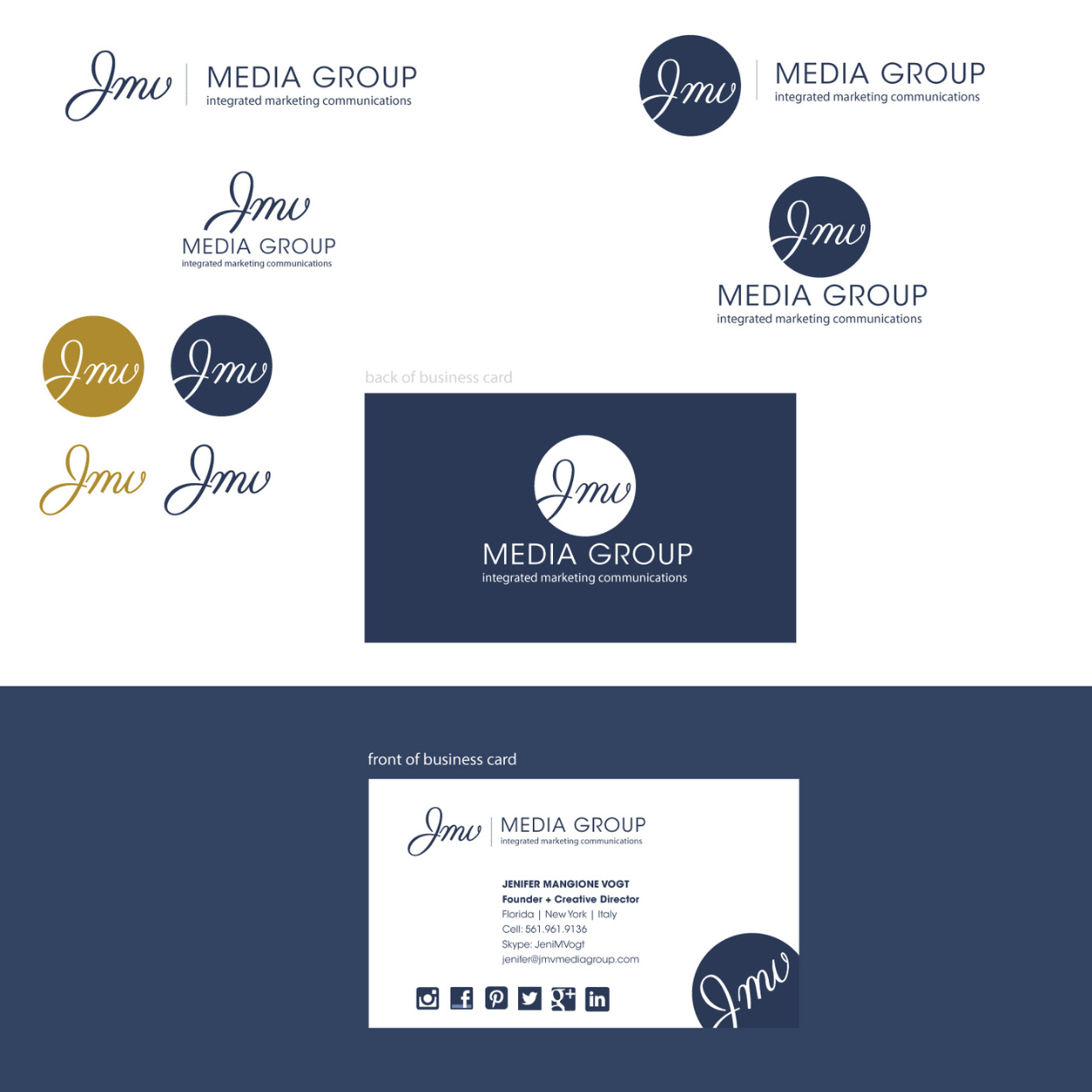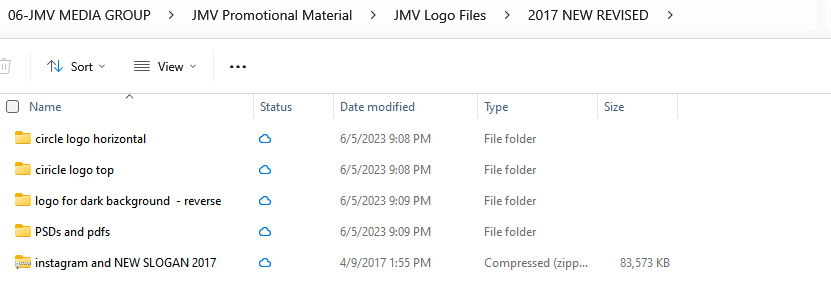I’ve bucked up against the same problem so many times, I figured it was time to write about it. In my twenty-plus-year career in marketing communications— during which I’ve worked both as an in-house marketer and as a consultant to nearly 100 small businesses, nonprofits, and entrepreneurs — I’ve consistently encountered clients who do logo creation wrong at launch because they don’t know the fundamental tenets of logo creation and it eventually hinders the creativity of partners, like marketing consultants and public relations or advertising agencies.
Often the clients’ businesses flourished despite not having a marketing program or provider. But when they finally do invest in a professional marketer who earnestly listens to how much they love what Kim Kardashian does with beige for SKIMS, or how Martha Stewart’s website makes them feel cozy, they learn they’re going to have to double back to move forward. The pro has the bubble-busting job of explaining why their logo doesn’t match their aesthetic vision. There are now only two two options. Either curtail creative expression and design marketing collateral around it using fonts and colors they don’t like. Or recreate it at considerable expense because it means everything from business cards to signs need to be redone.
Logo Creation is an Art
I learned a valuable lesson about logo creation during my first marketing job at a global brand. The CEO wanted a drop shadow added to the logo’s font. I worked in the creative services department and this meant a lot of additional work for our team and everyone was annoyed. We were already expected to be brand zealots and were often pulled “on press” by the production manager to be lectured to on the importance of perfect exeuction of font and PMS colors on print collateral. He carried a magnifying glass. (In hindsight, I’m forever grateful for what he taught me.)
Over the course of the next year, all marketing collateral and printed materials were recreated, and we all felt like we were in a Dilbert cartoon. However, when the dust settled, everyone understood how ingenious the CEO’s mandated change was. His finely attuned eye observed the marked difference the drop shadow made in enhancing its visibility in online channels, which were rapidly eclipsing traditional print collateral.
This taught me to think long-term when embarking on logo creation. While you don’t have a crystal ball to tell you where marketing will be in 10 years, you can future proof your logo by following traditional guidelines.
Established global brands can work their marketing around logo limitations, but smaller enterprises can’t create a new brand identity around a poorly conceived logo and their logo is equally important. It’s the first impression for new audiences who may or may not follow, buy or like. Too many entrepreneurs don’t understand brand marketing and jump all in on a big idea today at the expense of tomorrow.
DIY Logo Creation is Fine if You Do it Right
I’m not suggesting, if you have a budget of less than $10K, you shouldn’t buy a logo project on Fiverr or DIY on Canva. If you don’t know what Canva is, it’s a tool that democratizes graphic design the way WordPress did for Web design, which means it let’s you create beautiful graphics without needing to know Adobe Creative Suite. I actually have a Webmaster certification and know Photoshop, Illustrator and Dreamweaver, but I’d rather use Canva.
It’s a smart way to minimize costs as you launch the next big thing and many people, myself included, enjoy design work and have a knack for it. What I am advising is, whether you DIY, do it at low cost, or hire a designer, you know enough to ensure your logo creation is done right. Here are the 10 fundamentals you should know to build a solid foundation.
You might not think your logo is a big deal, but an amateur logo not only tells potential investors that you’re not business savvy, it also alerts competitors there’s an opportunity to outpace you because you can’t afford professional marketing.
The 10 Tenets of Logo Creation
1. Color: choose a color that allows for future adaptation.
It’s tempting to pick your favorite color for your logo, but color needs to be considered as part of a broader aesthetic and omnichannel marketing strategy. Many business owners also jump on trends, choosing a logo design that matches what they see in popular culture. Smart brands, however, have flexibly timeless logos that allow them to evolve, but remain instantly recognizable. It’s like starting with classic wardrobe staples and later accessorizing for flair.
Entrepreneurs also generally don’t research how color impacts consumer behavior. For example, the reason you see so many sales signs in yellow is because research shows it grabs attention. However, bright yellow might not be the right logo choice if your aesthetic favors Alessandro Michele’s funky, earthy 70s style. And you don’t know today what’s going to be in style ten years from now, but what you do know is that certain colors, like navy blue or beige, are timeless.
2. Color Palette: choose 4-6 colors that complement your logo color(s).
A color palette is a range of colors that work harmoniously together. When choosing your logo colors, think about how they will translate across various mediums—both online and in print. It’s important not just to research your logo color, but to consider a broader palette of complementary colors. Designers use color palettes when they create marketing collateral. So, when you’re doing logo creation, you not only want to pick a flexible logo color, you want to to define your palette and you want that palette to not limit you if your tastes change, or if you want to add a color just on holidays.
Here’s a color palette I created with Canva’s Brand Kit. The numbers are the HTML colors for Web. Canva makes it easy to create a palette because it auto-suggests a complimentary palette when you upload color files.
3. The Technicalities: Know your specific HTML and PMS colors.
Understanding HTML and PMS colors is crucial for consistent branding. HTML colors are used for web design, while PMS (Pantone Matching System) colors are essential for print. Maintaining consistency across these platforms ensures your logo looks the same everywhere, fostering brand recognition. If you don’t understand these, a Google search will yield hundreds of sights to self-educate.
Any future creative partner with will inevitably ask, “What are your PMS colors?” You’re going to sound a lot smarter if you know, than if you respond, “What?”
4. Logo Variations: Have horizontal, vertical and other versions.
A logo should work on all marketing channels without losing impact. It needs to be just as legible and visually appealing in print or digital formats. Social media platforms like Instagram or LinkedIn often have specific dimensions for logos. When you have both horizontal and vertical versions of your logo, you can accomodate varying specifications.
Specifications or “Specs” is a marketing term that means the size and format of files. For example, the specs for a Facebook business page cover photo are 1200 x 674 pixels, (or px) and the accepted file types are PNGs and JPGs.
You’ll also want versions of your logo with and without your tagline. Consider scalability. How small do you have to make your logo + tagline to fit Facebook’s business page logo box? Do you really want a tagline so small its illegible? Logo variations provide flexibility to ensure your logo looks polished across the spectrum of digital channels and print collateral.
Here are logo variations presented by my designer after creative brainstorming. She included a mock business card to show how it looked in print.
5. Fonts: Choose wisely and, when in doubt, stick with stalwarts.
Fonts don’t always render properly in different browsers and some fonts don’t render at all. That’s why it’s OK to stick with time-tested fonts, like Garamond or Open Sans, even if you think they’re boring because a talented designer can work with them, and you can, too, with the help of tools like Canva. Build a sturdy foundation. Research fonts. Learn which ones brands you admire and your competitors use. Test fonts on different marketing channels, such as print ads vs. social media. I’ve used Arial Black for 20+ years because it’s like Old Faithful, but I’ve seen logos with a font so thin it barely shows up on the computer screen, though it works in print ads. Fonts should work in all channels, both digital and print.
PS. Watch the fascinating 2007 documentary, “Helvetica,” if you want to understand the cult of font.
6. Layers: Keep the original when you DIY your logo.
If you opt to use Canva as a DIY tool logo creation tool, retain your original files with layers intact. You’ll notice “layers” when you work in this tool, or similar tools because each layer allows you to make a change to a different element of the logo. For example, one layer may be to make changes to the font while another may control the graphic image. Every time you add an element, that’s a new layer, too.
This foresight allows for future edits and modifications without compromising the integrity of your logo. This means, rather than design over your existing logo for a variation, create a duplicate and work from that. Always keep the pristine original, modifiable file unmodified and label it, “DO NOT MODIFY THIS FILE” if you’re forgetful.
7. Transparent Versions: Remain visible on dark backgrounds.
You might have a gorgeous, sleek black logo that everyone compliments, but one day a partner company sends you their PowerPoint deck and you realize their brand standards dictate a black background. Where’s your logo now? Right? That’s why transparent logo files are critical, too. If you can’t make a transparent version of a logo you create in Canva, move on to a different template that allows this.
To show why you need a transparent logo variation, I’ve put the dark version of my logo on the left and the transparent version, created for dark backgrounds, on the right.
8. Rights: Negotiate exclusive ownership rights to your logo and art.
If a graphic designer or illustrator creates original art for your logo, ensure you have the original artwork in Illustrator or Photoshop format. This allows for future modifications or adjustments. Negotiate exclusive ownership rights during price discussions. You should own all original art and if a designer tells you otherwise, move on.
9. Safekeeping: Don't lose your original logo files.
I’ve been surprised by how many business owners don’t have their original logo files and have to pay me more than anticipated because my graphic designer has to recreate everything. Sometimes, we can’t find their original font, or the specific graphics that were used, and I have to increase the price even more. Whether you create it yourself, or pay a designer, it’s critical you save these files. Create a digital library. If you DIY your logo, Canva has a feature called Brand Kit and tutorials. Learn it. I hate to sound preachy, but for the sake of helping you and all the creatives you’ll work with, there’s no excuse for losing your original logo files! It’s like losing your house keys, or driver’s license.
If you use a professional graphic designer, they should give you all your logo files when the project is done in high- and low-resolution and in various file formats with an additional document that lists the fonts and HTML and PMS colors. You must own and keep these art files. You never want to be married to one graphic designer. In marketing, creative relationships are polyamorous.
Catalog original logo files, including artwork and font packages, in a digital library in the cloud to save time and money in future marketing.
10. Conclusion: Think Ahead
In the rush to launch a big idea, it’s tempting to quickly design a logo, but if you’ve slowed down long enough to read my guidelines, you’ll learn how to do logo creation the right way and create one that’s built to last. Who knows? Yours might be the logo that’s still inspiring marketers 50 years from now. Manifest greatness!
If you have questions, want to brainstorm, or want me to manage your logo creation, schedule a complimentary 30-minute phone consultation.





